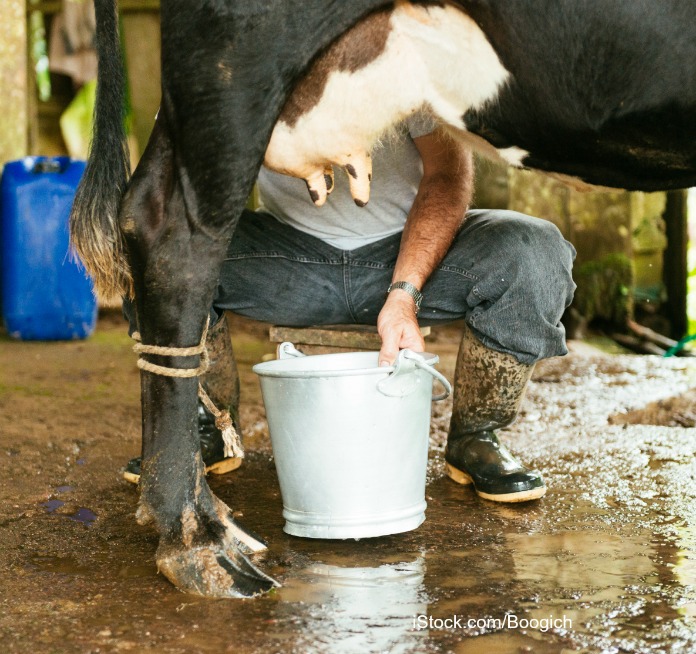Pride and Joy Creamery posted a notice on their Facebook page that they are pulling milk dated October 4th from all stores that sell it. Last week the Washington State Department of Agriculture issued a warning about that dairy’s products after Salmonella bacteria was found in a sample. The owners would not issue a recall after learning about the Salmonella contamination, according to the Washington State Department of Health.

The Facebook post, posted one day after public health officials revealed the contamination, reads, “Out of an abundance of caution we have talked to all of our stores and asked them to pull any milk dated October 4th for a full credit. We will be continuing to investigate the situation. We stand behind our products and will offer a full refund to anyone who would like for their October 4th milk. We will be continuing our production as normal.” One retailer, Chuck’s Produce in Vancouver, has decided to stop offering Pride and Joy Creamery products.
The warning from the state recommends that consumers throw out any unused milk, and that if anyone is experiencing the symptoms of a Salmonella infection, they see their doctor. Those symptoms include fever, vomiting, diarrhea that may be bloody, and abdominal and stomach cramps.
A Salmonella food poisoning infection usually starts six to seventy-two hours after exposure to the bacteria. While most people get better on their own without medical treatment, some people get so sick they must be hospitalized. And the long term consequences of a Salmonella infection can be very serious. Those health problems can include high blood pressure, irritable bowel syndrome, and reactive arthritis.
Raw milk poses a unique health risk, especially to children, the elderly, and people with compromised immune systems, because a cow’s udders are so close to her anus. Cows shed pathogenic bacteria in their feces. And the feces can contaminate the udders, her coat, and the cow’s environment.
Testing of raw milk does not guarantee that the product is free from pathogenic bacteria. Those bacteria are so tiny, and tend to clump together in the liquid. Many people could drink the milk from one milking, and only a few may get sick. The only way to make raw milk completely safe to drink is to pasteurize it.




